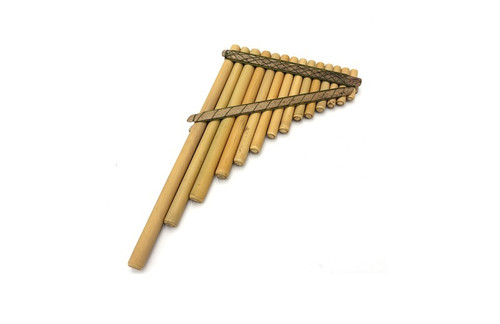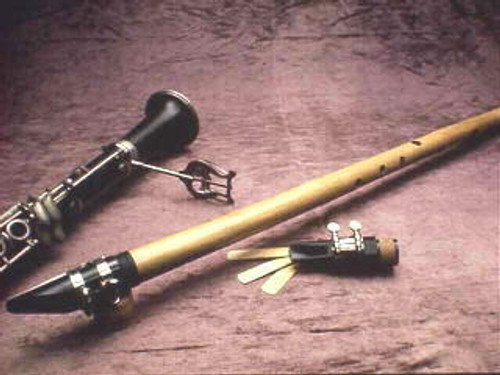Flutes Of The World
Contact us for help with your selections
Guides
Common Questions
Did Sunreed Instruments start as a flute making business?
Yes! Zacciah Blackburn began Sunreed Instruments as a flute maker in the late seventies. Making bamboo flutes was a spiritual endeavor, with little profit in the late 70s and 80s, though Zacciah put his whole soul into doing it, alongside of studying and practicing shamanism and the world spiritual traditions. Through flute making, and playing flutes, Zacciah explored other instruments, and developed as a master in therapeutic sound healing, which he has spent decades educating others in.
Where are our flutes made?
The majority of our flutes are made here in the United States by small artisans dedicated to the craft. Being a flute maker, in general, is a complete labor of love, and we are happy to be able to support the craft of flute making.
What is a good flute to begin with?
Native American flutes are the best way to begin. They are whistle style flutes, so you don’t need to learn a complicated embouchure to make noise. You just need to simply blow into the top of the flute. A Native American flute typically only has 5-6 notes, so there is not that much anyone needs to learn musically to create deep and meaningful melody. The key of G is especially a popular way to being.
Does bamboo and hardwood sound different?
Yes. A hardwood flute will have a more coherent, and singular note structure, while a bamboo flute will have more air noise, so will be a looser and wider note. Both are beautiful, but do tend sound a little different. It is perhaps easier for a beginner to get a good quality tone out of a hardwood flute then a bamboo flute, but this also depends on the individual flute as well.
How can flutes be played meditatively?
A simple way to begin playing a flute, is just start with a long clear note and really feel and attend to the note fully. Put your attention fully into the singular note, as is starts in your lungs, and goes out through the tone. This is a simple way of connecting to the tone of the flute.
After you are more familiar with the notes of the flutes, you can start to “feel” into where you would like to play next, whether it is higher or lower. This is playing intuitively. When playing intuitively, perhaps you would also like to form and intention or prayer, and play out that intention through the intuitively melody you are creating. Or, you can attend to your surroundings. Perhaps you are in a beautiful meadow or on the top of a mountain, and you can attend to your surroundings, and play the song of the place you are in.
How can flutes be incorporated into a sound bath?
There isn’t one real answer to this question, as you can incorporate the flute with different instruments, and different points in a sound practice. A nice thing to do is use the flute as an introduction or an ending point to the sound bath, either leading people and inviting them into the space and the sound, or gently inviting participants out of the depths of their meditation. A flute can be a soft melodic tool to welcome present minded focus.











